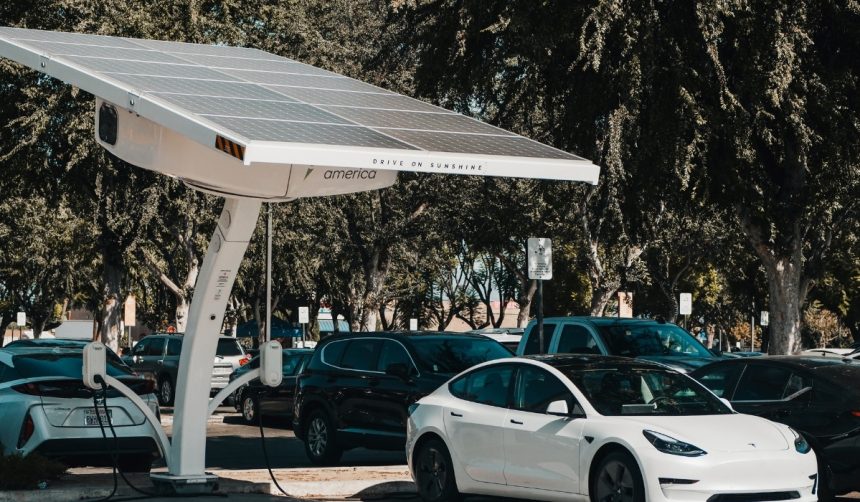Las Vegas is making a notable move toward modernizing its police patrols with the introduction of Tesla Cybertrucks, signaling a shift in how technology and mobility are shaping urban safety. The Las Vegas Metropolitan Police Department (LVMPD) officially introduced the UP.FIT-modified Cybertruck fleet in a public announcement, highlighting its focus on sustainability, technology integration, and cost efficiency. This initiative comes as city officials continue to evaluate innovative solutions for public safety, mindful of the city’s dynamic needs and reputation for pioneering technologies. The transition to electric vehicles not only shows a commitment to environmental concerns but reflects the department’s interest in future-proofing its operational approach.
Other major police departments have historically piloted electric cars, but earlier efforts typically featured smaller EVs or limited deployments without robust tactical adaptations. The LVMPD’s wide-scale rollout, coupled with integrated drone and real-time video systems, marks a broader scope. Initially, some municipalities reported challenges regarding vehicle range and equipment compatibility, which the current Cybertruck-based system addresses with longer range and specialized law enforcement modifications. Compared to past trials, the extended commitment and scale in Las Vegas demonstrate a more comprehensive adoption of electric mobility within public safety.
How Are the Cybertrucks Configured for Police Use?
UP.FIT has customized each Tesla Cybertruck with operational features such as ladders, shields, and storage for less-lethal devices. The integration of a live drone response system provides a connection to facial recognition and gunshot detection technology, offering real-time information to officers en route. Sheriff Kevin McMahill emphasized that this system streamlines responses in critical situations, making incident management more efficient.
“These trucks are the next evolution to keep our community safer than it’s ever been,”
stated Sheriff McMahill about the upgrade. The department intends to deploy the vehicles to each of its area commands within a two-week period.
What Cost and Safety Benefits Does the New Fleet Promise?
The transition to an all-electric fleet is projected to yield significant annual savings. Each Cybertruck is expected to reduce fuel costs by $8,800 to $12,000 and maintenance by about $3,540 per vehicle during a five-year operational period. These reductions stem from features like regenerative braking, ballistic-resistant factory door panels, and the absence of idling fuel burn.
“Higher uptime, lower total cost, and a safer platform officers want to drive,”
explained UP.FIT in describing the advantages. All ten vehicles in this first deployment were enabled by a private donation from the Horowitz family.
Will the High-tech Features Influence Police Operations?
The department’s officers have completed hands-on training with the Cybertrucks, focusing on operating the new surveillance and tactical equipment. With the addition of drone-linked feeds and smart detection systems, the vehicles improve situational awareness during emergencies. Alongside the Cybertrucks, robot dogs and SWAT drones round out a network designed to facilitate quick, coordinated, and data-driven responses. Officers have indicated that these enhancements support both the safety of personnel and the efficacy of their operations.
As urban police forces increasingly seek alternatives to traditional patrol vehicles, the Las Vegas deployment provides a useful case study. The department highlights the added value from combining energy-saving electric vehicles with integrated technology systems. For the public, these measures could mean faster response times, quieter neighborhoods due to silent electric fleets, and decreased emissions. Agencies considering similar upgrades may observe how Las Vegas addresses battery charging logistics, training needs, and the integration of evolving new tech platforms. The use of vehicles with higher domestic content also reflects broader trends in supporting local manufacturing within public contracts, an aspect that can influence fleet procurement decisions elsewhere.










